These fleet management best practices will keep your fleet as efficient as possible.
Vehicle fleet management techniques directly impact your business’s profitability, efficiency, and growth. We have summarized five essential best practices for your fleet management playbook and the benefits you can expect from each upgrade.

1. Enforcing Regular Fleet Maintenance and Inspections
It’s easy to get caught up in the day-to-day fleet operations and forgo necessary proactive maintenance. However, proactive care is the best way to avoid the average $478 per day in heavy-duty vehicle downtime costs.
To start, fleet managers should consider adopting a 3,000-mile maintenance schedule for each vehicle. This step lays the groundwork for a rolling fleet maintenance routine, allowing you to determine a baseline level of health across your fleet.
2. Installing Integrated GPS Tracking Technology
GPS tracking is one of the most worthwhile investments for your fleet. A case study referenced by Business-Software found that the optimized route support provided by the tech led to 560 gallons of fuel saved in the first month of deployment, translating to $2,250+ in total savings (at an average fuel cost of $4 per gallon).
Beyond gas savings, fleet-wide integrated GPS tracking offers route optimization and security benefits, enabling you to minimize risks and maximize efficiency on each route.
3. Promoting Driver Training and Use of Safety Software
The National Highway Traffic and Safety Administration (NHTSA) has noted that road fatalities in 2024 decreased by 3.6% compared to previous years. This was likely made possible by fleet managers’ surge in prioritizing driver training in the past year.
Survey data from Expert Market reflected the positive outcomes from this shift, as 42% of survey respondents noted that their company had considerably fewer safety incidents since using fleet tracking software to monitor behavior and promote safety.
4. Leveraging Fleet Management Software
Fleet management software offers managers and drivers benefits like reporting, analytics, and real-time monitoring of every asset in your fleet. It’s so powerful for fleet logistics, in fact, that 45% of fleet managers who use this tool saw positive ROI in less than a year after installment.
If you’re still in the market for fleet management software, we recommend choosing an option that’s mobile-access friendly, cloud-supported, and comprehensive enough to meet your level of need.
5. Analyzing Data for Continuous Improvement
Data drives efficiency across every level of the supply chain. By analyzing data on a regular basis, you’ll be able to proactively identify and address issues before they arise. You’ll also find new opportunities to save and refine your processes, keeping your fleet working at maximum efficiency. If you haven’t already established a routine for your data analysis, we recommend starting with a quarterly pace.
Ready to Optimize Your Vehicle Fleet Management Process?
Routine maintenance, drive training, and analysis are critical steps to take as you optimize and refine your fleet management processes. By implementing regular rhythms for each, you lay the groundwork for more efficient resource allocation and management—ultimately resulting in a better outcome for your fleet and clients.
Fleet management doesn’t just cover the process of managing your fleet, though. It also covers the delivery steps required to ship a truck and the integration process of new vehicles into the fleet.
That’s where ATC comes in.
We offer end-to-end delivery and shipment support you can count on, and the white glove customer service you deserve at every step of the shipping process. Connect with us today to discuss your transport needs. We’re here to help.













